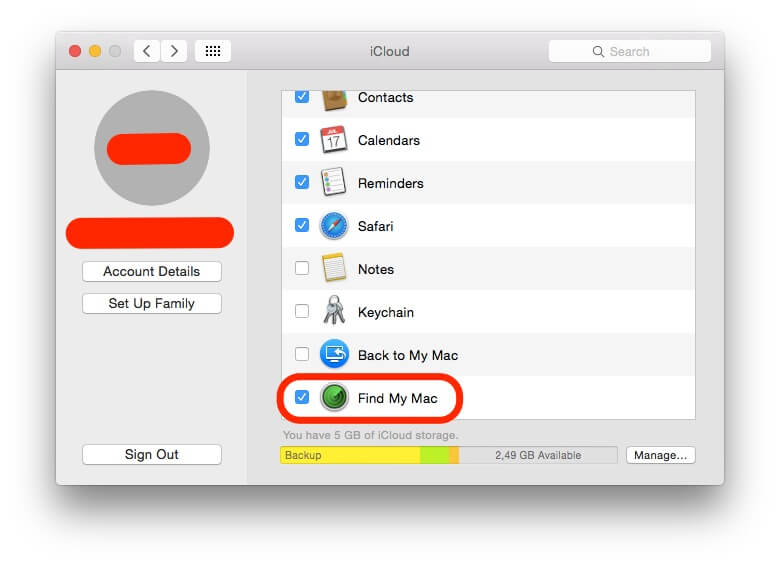
Music Therapy Registration in National Healthcare Systems.

Response to “Introduction to Artistic Media and Music Therapy by Isabelle Frohne – Hagemann”.Advantages and Disadvantages of Making Procedures in Clinical and Research Work.Response to a Bookreview and the Theoretical and Scientific Foundations of Music Therapy.General Criteria for the Evaluation of Qualitative Research Articles.Advantages and Disadvantages of Doing a Research Study Using Quantitative Methods.Ethics of recruiting participants for research studies when they are undergoing difficult treatment or are at the end of life.Music Therapy: A Noninvasive Treatment?Īrchival material by Nordic Journal of Music Therapy 1998-2008.Supplemental resources for the academic journal NJMT

Malloch, Stephen & Trevarthen, Colwyn (Eds.) (2009). Exploring the Basis of Human Companionship. Reviewed by Ulla Holck, PhD, Associated Professor, Head of the Music Therapy Programme, Aalborg University. thesis from 2002, ‘ComMusical’ Interplay in Music Therapy, relies heavily on infant research. In 1979, Colwyn Trevarthen did an acoustic analysis of video recordings of mother-infant interactions, among others of Laura, a 6-week-old girl, and her mother. The analysis took place in his laboratory at Edinburgh University, and showed how the mother joined her daughter with imitative sounds that were modulated emotionally to invite the infant’s coos and to acknowledge them in shared time. Seventeen years later, in 1996, in the Psychology Department at the very same university, Stephen Malloch listened to tapes of mothers and their babies ‘chatting’ with each other, recorded by Trevarthen in the 70’s. One of the first tapes was the vocal interaction of Laura and her mother.Īs I listened, intrigued by the fluid give and take of the communication, and the lilting speech of the mother as she chatted with her baby, I began to tap my foot. I am, by training, a musician, so I was very used to automatically feeling the beat as I listened to musical sounds.… I replaced the tape, and again, I could sense a distinct rhythmicity and melodious give and take to the gentle prompting of Laura’s mother and the pitched vocal replies from Laura.

A few weeks later, as I walked down the stairs to Colwyn’s main lab, the words ‘communicative musicality’ came into my mind as a way of describing what I had heard. Through Malloch’ further work with spectrographs and pitch plots of the interactions of mother infant dyads, the theory of communicative musicality found precise formulation in terms of the parameters: pulse, quality and narrative.

This was first reported in Malloch (1999/2000), in the Special Issue of Musicae Scientiae, known to many of NJMT’s readers.


 0 kommentar(er)
0 kommentar(er)
